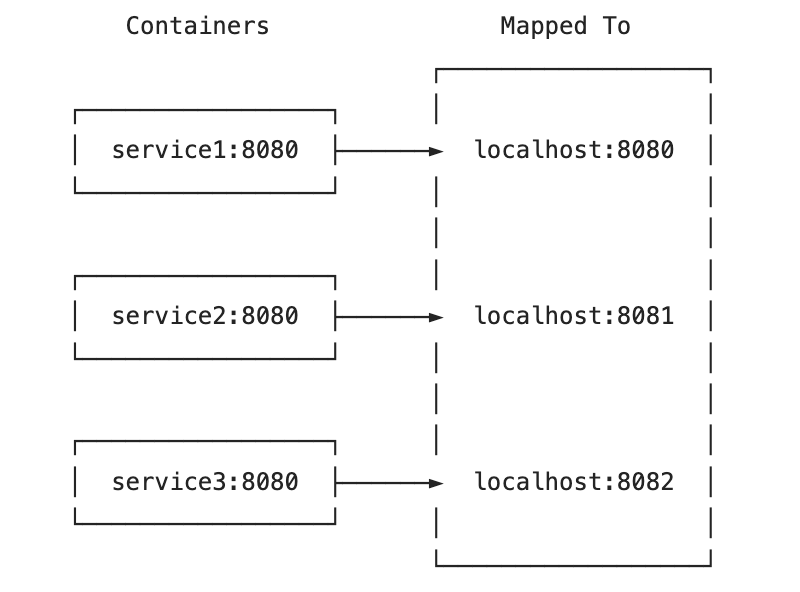Multiplying The Developer Joy: Multiple Quarkus Containers + Simultaneous Remote Development Sessions
- 3 minsRunning several simultaneous Quarkus app containers on your machine with the Quarkus’ remote development mode activated presents some challenges. Let’s have a look at how we can fix this.
Introduction
The built-in development mode for Quarkus is a great functionality that lets you update the application code, resources, and configurations. Setting it up is a great way to develop your applications locally, as you can immediately see the changes reflected in your application.
Furthermore, we have a remote development mode, which lets you make changes to local files immediately available in a containerized environment. Remote development mode works excellently if the container runs in a local Docker or remote containerized environment.
However, running several simultaneous containers with the remote development mode on, mapped to the same domain, may result in warnings and erratic behavior from the client side.
Setup
Imagine a setup where you are running a set of containers, for example, using docker-compose and mapping them all to my.cluster.host.com (or even localhost)through several ports:

First, you will need to update quarkus.live-reload.url in the properties for all the apps (see docs on where and how to do this). Update the settings to the correct domain and port (in our case, it is 8080, 8081, or 8082):
quarkus.live-reload.url=http://localhost:8081
Next, try starting your containers with the remote development mode enabled and connect to the application from a terminal or an IDE. For the second and the consecutive applications, the attempts to establish a connection you will see the following message in the logs:
$> ./mvnw quarkus:remote-dev -Dquarkus.profile=dev
< ... >
[WARNING] Changed debug port to 57409 because of a port conflict
Listening for transport dt_socket at address: 57409
< ... >
Note: Fallback ports will be random and may vary from the one above.
This setup will break the remote reloading from the terminal on the client side (i.e., your IDE). Two or more of your client applications now see that the default port 50005 for a remote debug is in use and start with a new, random port.
The simple fix is to update the debug ports for all other applications to something other than 5005, such as 6006 and 6007. Custom debug ports can be set in the pom.xml files, under quarkus-maven-plugin, for each of the applications that require this update:
<build>
<plugins>
<plugin>
<groupId>io.quarkus.platform</groupId>
<artifactId>quarkus-maven-plugin</artifactId>
<version>${quarkus.platform.version}</version>
<!-- ADD THE CONFIGURATION MENTIONED BELOW THIS LINE -->
<configuration>
<debug>6006</debug>
</configuration>
...
You can choose whether to update the debug ports for all applications in the cluster or for all applications except one, which will get the default port.
Now, you will need to rebuild your apps and re-initiate the remote development mode for each container. And, voilà, everything works!
One last note: Please ensure you do not use the remote development functionality in the production environment.
Conclusion
A tiny config update brings back the development joy of using remote development mode for more than one container simultaneously.
Happy coding!
